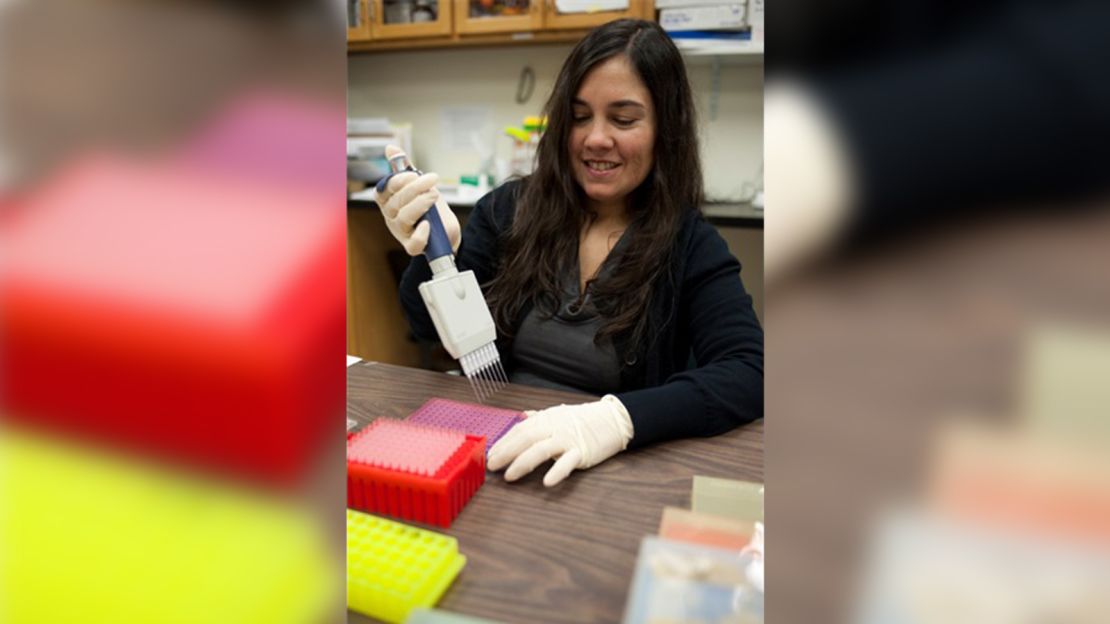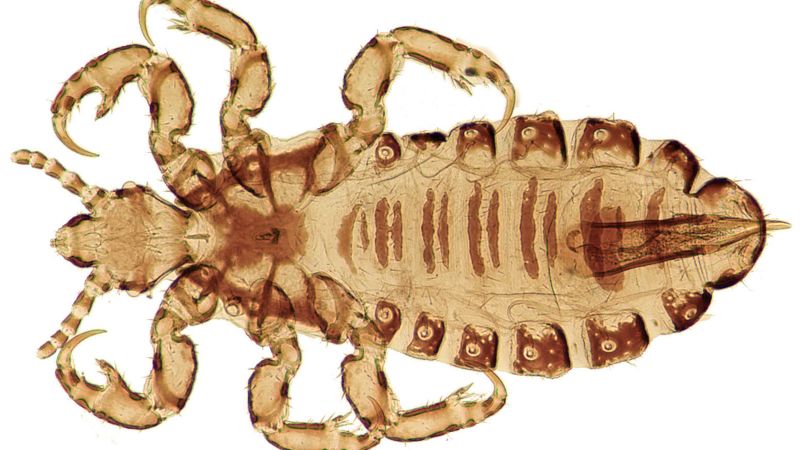Join CNN’s Surprise Idea science publication. Explore the universe with news on fascinating discoveries, scientific advancements and more.
CNN
—
Head lice have been fixed, if undesirable, human companions for so long as our species has been round.
Proof of this historical connection features a 10,000-year-old louse discovered on human stays at an archaeological web site in Brazil and an inscription on a 3,700-year-old ivory lice comb that could be the oldest known sentence written with an alphabet.
For scientists serious about how humankind developed and unfold across the globe, the blood-sucking parasite — formally known as Pediculus humanus — additionally comprises a lode of genetic info that, as new analysis reveals, is illuminating a few of the largest questions within the human story.
“Lice have been with us for the reason that origin of humankind; for thousands and thousands of years they’ve developed with us,” mentioned Marina Ascunce, a analysis molecular biologist on the US Division of Agriculture who has analyzed and in contrast the DNA of 274 lice collected with the assistance of head lice researchers from everywhere in the world. The evaluation is a part of a new study published Wednesday in Plos One.
“When the primary anatomical fashionable people left Africa, they carried their lice with them,” she mentioned.

Ascunce, who did the work as a postdoctoral researcher on the College of Florida, and her colleagues discovered that lice clustered genetically into two distinct teams that hardly ever interbred.
The crew additionally detected a small variety of “hybrid lice” — reflecting a mixture of the 2 clusters — that had been largely discovered within the Americas, which she mentioned she interpreted as a “sign of contact between Europeans and Native Individuals.” The group gave the impression to be a mix of lice descended from the earliest Individuals and people descended from European lice, which had been introduced over in the course of the colonization of the Americas. Nevertheless, it was unclear why the researchers discovered so few of those lice.
One weak point of the brand new research was that solely one of many lice samples was from Africa. Nevertheless, one other research is underway utilizing the 274 samples from this analysis and extra samples from different locations, together with Africa, Ascunce mentioned. New, extra environment friendly sequencing methods out there now might reveal further info, she added.
Utilizing parasites to grasp the previous
It’s not the primary time that researchers have harnessed the genetic range of lice as a software to raised perceive the traditional historical past of the bugs’ hosts.
Genetic evaluation of garments or body lice, that are one in all three lice to dwell on people, revealed that people seemingly started sporting some form of clothing at least 83,000 years ago, in keeping with a paper printed in 2010.
Some 20 years in the past, David Reed, a coauthor of the brand new research and a researcher and curator on the Florida Museum of Pure Historical past, discovered that human head lice are composed of two historical lineages, with origins predating Homo sapiens. That 2004 study controversially instructed that our species had been in direct contact — at the very least shut sufficient to rub heads — with archaic people resembling Neanderthals.
The groundbreaking speculation was later corroborated when the first Neanderthal genome was sequenced in 2010, confirming that Homo sapiens had previously encountered Neanderthals and had infants with them.
That 2010 research analyzed mitochondrial DNA, which is extra simply retrievable than nuclear DNA and offers details about the feminine line solely. The newest research within the journal Plos One tapped each mitochondrial and nuclear DNA, which displays the genetic lineage of each mother and father. Doing so allowed researchers to detect the hybrid lice and higher seize the genetic range of head lice.
Ascunce mentioned she had hoped the data they gleaned may reply whether or not Neanderthal head lice are nonetheless round at this time, however the 15 genetic markers, referred to as “microsatellites,” that they studied within the lice nuclear DNA didn’t reveal that info.
“As a result of little or no was identified in regards to the louse genome once we began the research, we used markers which have a excessive mutation price, so we weren’t in a position to reply these questions,” she mentioned.
“New ongoing research are being completed utilizing complete genome sequences from human lice, so keep tuned for extra thrilling analysis on that.”

